The effervescent city of Marseille possesses a unique charm and character. The best way to appreciate France’s second-largest city, is to sample its soup.
Bouillabaisse [bu.ja.bɛːs]. For first timers, getting the correct pronunciation is hard. Spelling it is even harder. For first timers, it’s easier to have a bowl of soup in Shanghai, Japan or even in Malaysia, where slurping is encouraged. But here in Marseille, the birthplace of bouillabaisse – it is no casual affair.
Arriving hungry in France’s second largest city after Paris, my travel partner and I ditched the hotel’s welcome drink for a welcome soup. So it was that we found ourselves heading towards Le Panier, translated as “the basket”, a former marketplace by the early Greek Massilia who occupied the place. After surviving several blasts during World War II, this old part of town is now an artisans hangout with its string of shops, all sorts of restaurants from budget to Michelin-starred, movie houses, ateliers and café’s. The laundry that hangs from every window apartment welcomes the crowd and is perhaps, the most familiar sight.
The mishmash of lanes and cobbled streets that both ascend and descend often narrow down to open squares where locals lounge around. They sit idly, chat and sip wine as waiters scramble to and fro to take orders and suggest the plat du jour. Of course, no one can ever resist partaking in the local favorite, the region’s signature dish – bouillabaisse. To the French, it is a serious business.
To make a good one, it has to include three traditional types of fish: red rascasse, sea robin and European conger and then mix with other kinds (mullet, monkfish and sometimes shellfish). The fish needed to be cooked in olive oil and saffron while it’s fesh. Time and urgency are essential factors in achieving the perfect soup that’s made by a cook’s skillful hands. Although readily available throughout the city, reserving a table is, as the locals would say, ‘la bataille’.
The humble origin of the Provençal dish began from an ordinary fisherman’s stew. It is basically the scraps of the day’s catch. The recipe was fine tuned during the 19th century as more restaurants opened along Marseille’s old port. A few bourgeois housewives were also seduced into making their own version by adding a dash of provençal seasoning to the stew.
On most occasions, bouillabaisse is served in two segments. The first part revolves around the broth or the soupe de poisson. A rich tomato mixture infused with saffron, fennel and herbs. To perfectly create an authentic flavor, it is accompanied with rouille (a chili-pepper and garlic-like paste) spread on a crouton with a soupcon of cheese on top that melts slowly into the soup. One can also dip toasted bread into the soup and enjoy a good bite before the bread gets soggy. The second part consists of serving a platter of the cooked fish halfway submerged in broth and sliced potatoes. Unlike normal soup that is dish-out as starters, bouillabaisse is a main course meal in itself.
We sit on the wooden rickety Rococo-styled stool murmuring excitedly to each other. My travel partner tells me that from here on, we are about to become amateur soup enthusiasts. Unlike the tea ceremony in Japan or in China, there is no ritual involved. Tradition however is imperative. When eating bouillabaisse, everyone is reminded where to rest one’s spoon between bites and how to politely eat the last bit of soup from the bowl – sipping and never slurping.
Once the transportive whiff from a steaming bouillabaisse enters your nasal cavity, you’re up for a Pavlovian reflex. As our pièce de résistance landed on our table paired with a dry rosé, I began to see why this part of France is hard to resist. Out of the first sip comes a revelation in getting to know France’s sun-kissed south.
Bustling, bursting and beguiling – this is Marseille at midday. The port’s vibe continues until night time and re-emerges at dawn.
After bagging the European’s Capital of Culture award last 2013, the city had undergone a major facelift. It sheds its ‘bad boy’ image into one of a viable tourist destination. As Marseille embraced its new look, world-class museums, gleaming state-of-the-art galleries, performing arts centers and an exciting gourmet ghetto surfaced, almost blurring all traces of the Mafioso clubs which date back to the 70’s cult movie “The French Connection”.
The Vieux Port is the living nucleus of the city. It is the local’s lifeblood as well as home to several Michelin restaurants.
The terrace of the Hotel Sofitel Vieux Port features a sweeping view of the port and the restless city behind it, making it an ideal spot to contemplate one’s next move. As boats dock into the harbor, the catch is immediately hauled onto display stalls. Animated crowds flock and haggling commences to partake a piece of Posiedon’s bounty. At the opposite side of the port, young tan and toned boys somersault off the rocks into the water, like so many of their ancestors around the Mediterranean have done.
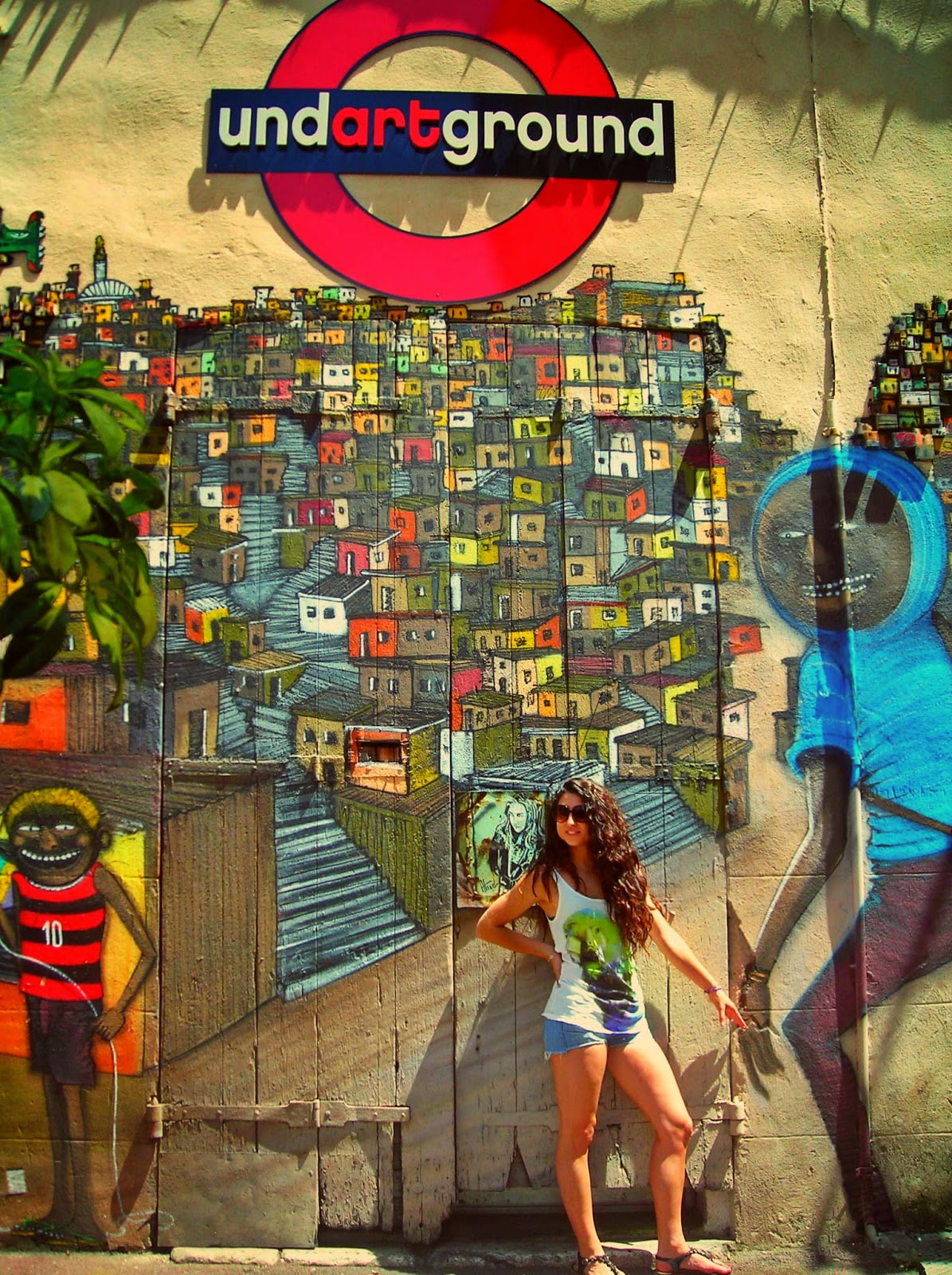

From Cour Julien, a short walk leads to Cathedrale de la Major, a massive 19th century construction and one of the largest cathedrals in Europe. Its Turkish looking dome and cupolas, altars of multi-colored marbles and interesting mosaic floor pattern are a delight to the eyes.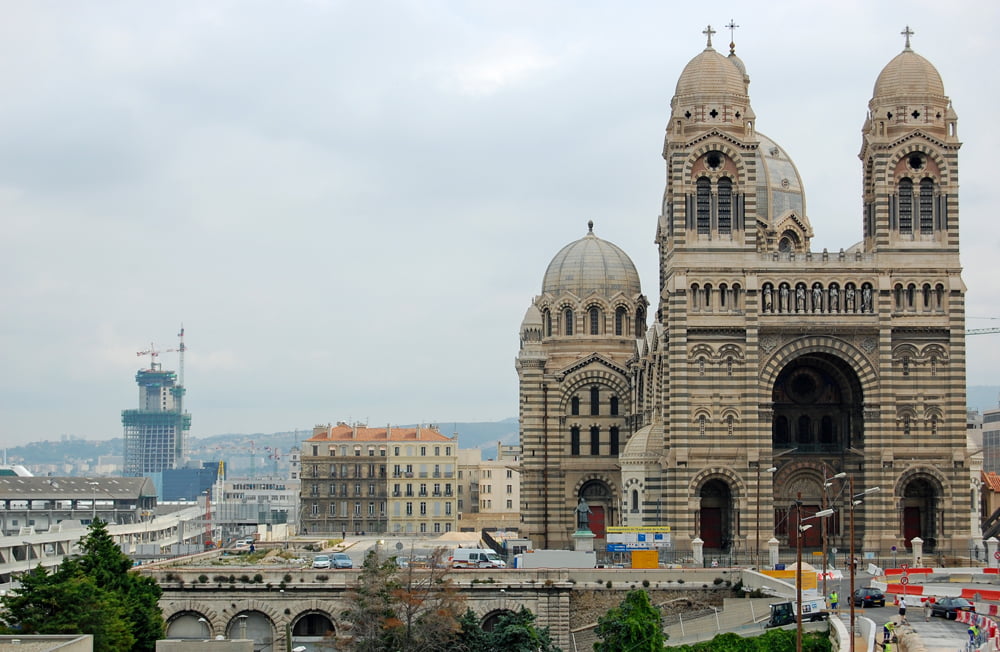

There is a path that connects to the MuCEM – the Museum of European and Mediterranean Civilizations from the cathedral. A futuristic architecture with lattice work that playfully showcase the nature of light. On its rooftop, a picturesque panorama of the Palais du Pharo, the former imperial residence of Napoleon Bonaparte. It’s no secret as well that Palais Longchamp is not really a palace. It is an irrigation project built to transport water from the Durance River in the mid-19th century. This imposing structure however does not fall short in showmanship and drama.
If hoping on a boat fancies one’s interest, there is always the Chateau d’If, the popular setting of Alexandre Dumas “The Count of Monte Cristo”. The neighboring Frioul Islands are also within reach; an archipelago of limestone and dolomites shaped by the tempest. Back to the harbor, huge ferries await passengers bound for Tunisia and Algeria.
As sunset draws to a close, take the ‘Little Train’ to the highest point of the city. The climb itself is bliss, but wait until you get to the top. It’s where you can see the best view of Marseille – the city at peace with itself. The Mediterranean, endlessly blue with the jagged cliffs framing the landscape. The Basilique Notre-Dame-de-la-Garde was built on the same hill. A gilded statue of the Virgin Mary sits atop the bell tower, keeping a watchful gaze to fishermen and sailors at sea.
There are so many other places to go, time permitting. Perhaps getting a boat to the small fishing village of L’Estaque where painter Paul Cezanne once sojourned, or swing by the Calanques, a steep-walled inlet with its dramatic limestone cliffs stretching 20 miles to the south of the city, or even hop on a bus to Aix-en-Provence from Marseille’s St. Charles station, a 30-minute ride opens a door to a promising cultural and intellectual experience.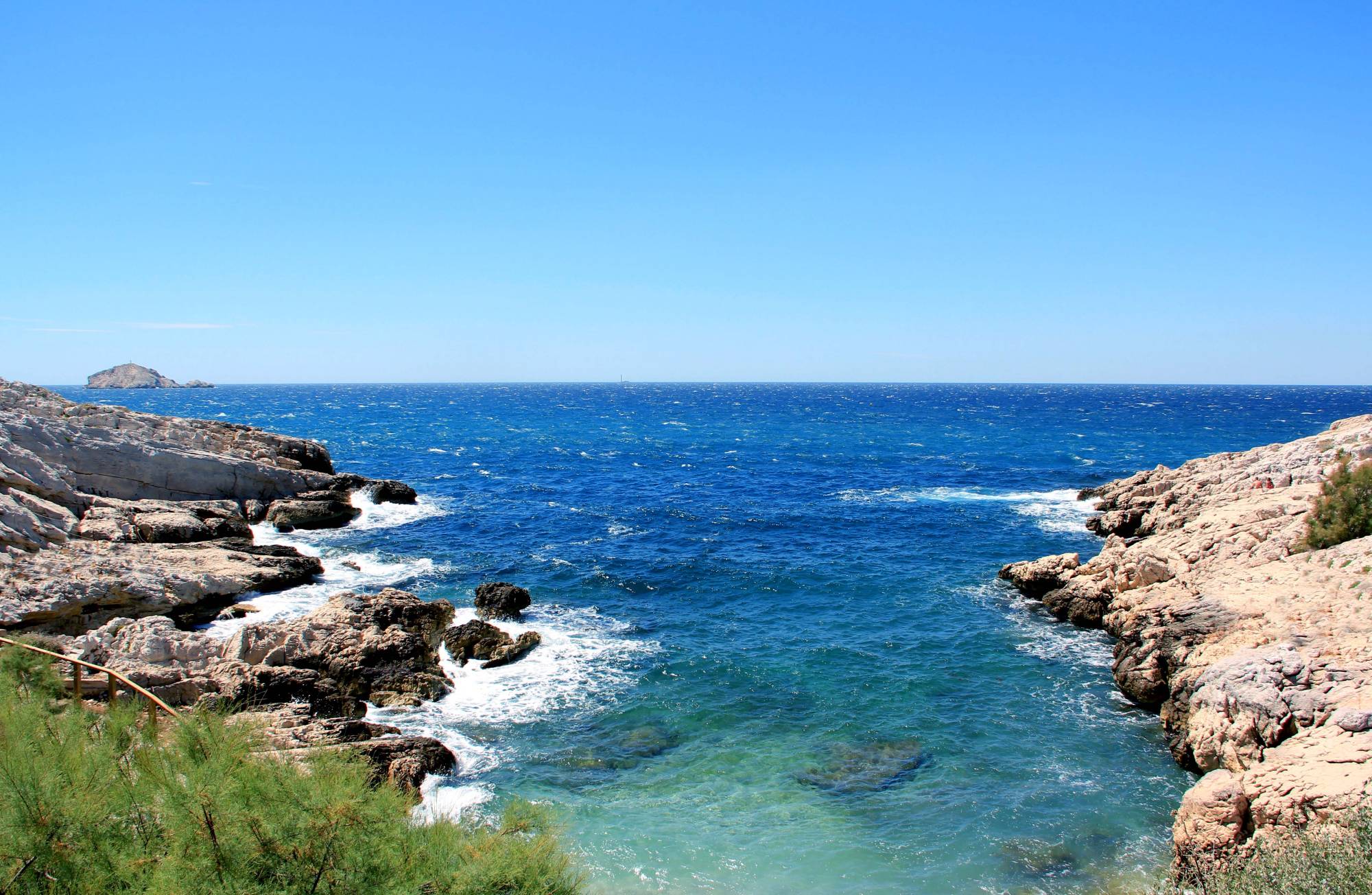

I guess they can all wait. Here in Marseille there is no need to rush. Just like how one sips bouillabaisse – nice and slow. Savoring every second and bite. As we headed back to the hotel, we saw more boats tethering at the jetty. I thought about the catch – fish jolting, jumping, almost catapulting. Standing on the terrace looking over the Mediterranean with the breeze caressing our cheeks, I couldn’t help asking “care for another bouillabaisse?”
BUTTER MY BAGUETTE
This website made of love strives to produce FREE CONTENT.
Help me tell more stories and keep this website free of any advertisement by supporting Flying Baguette in inspiring more people and connecting you with other cultures and communities around the globe. Donate a little or as much as you can afford to keep the magic of Flying Baguette going for years to come. Share your support through the icons below ⬇️







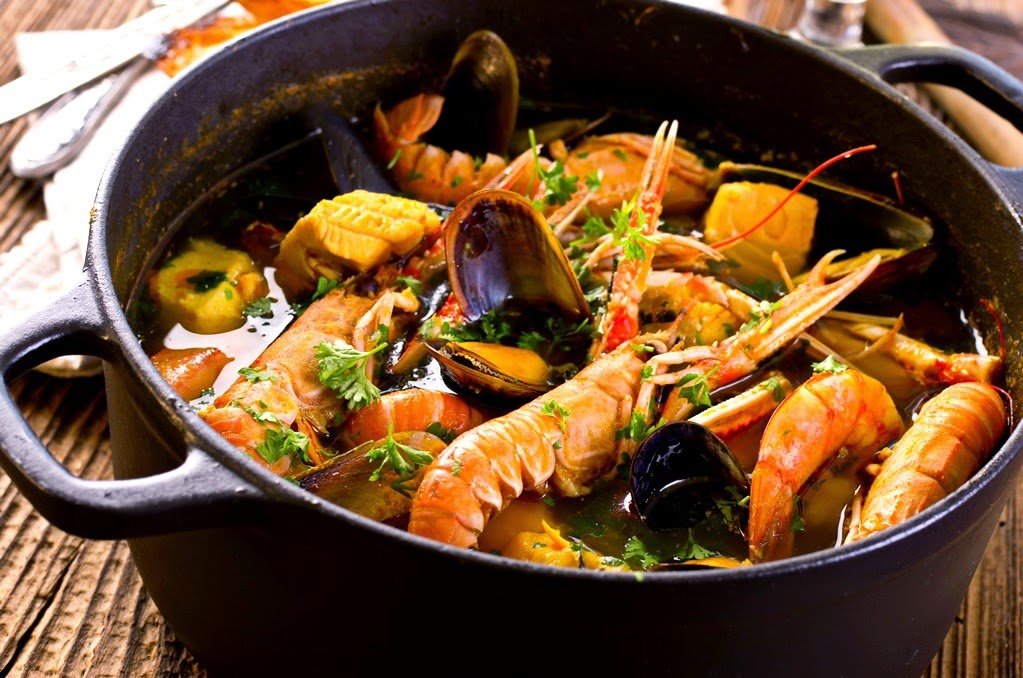
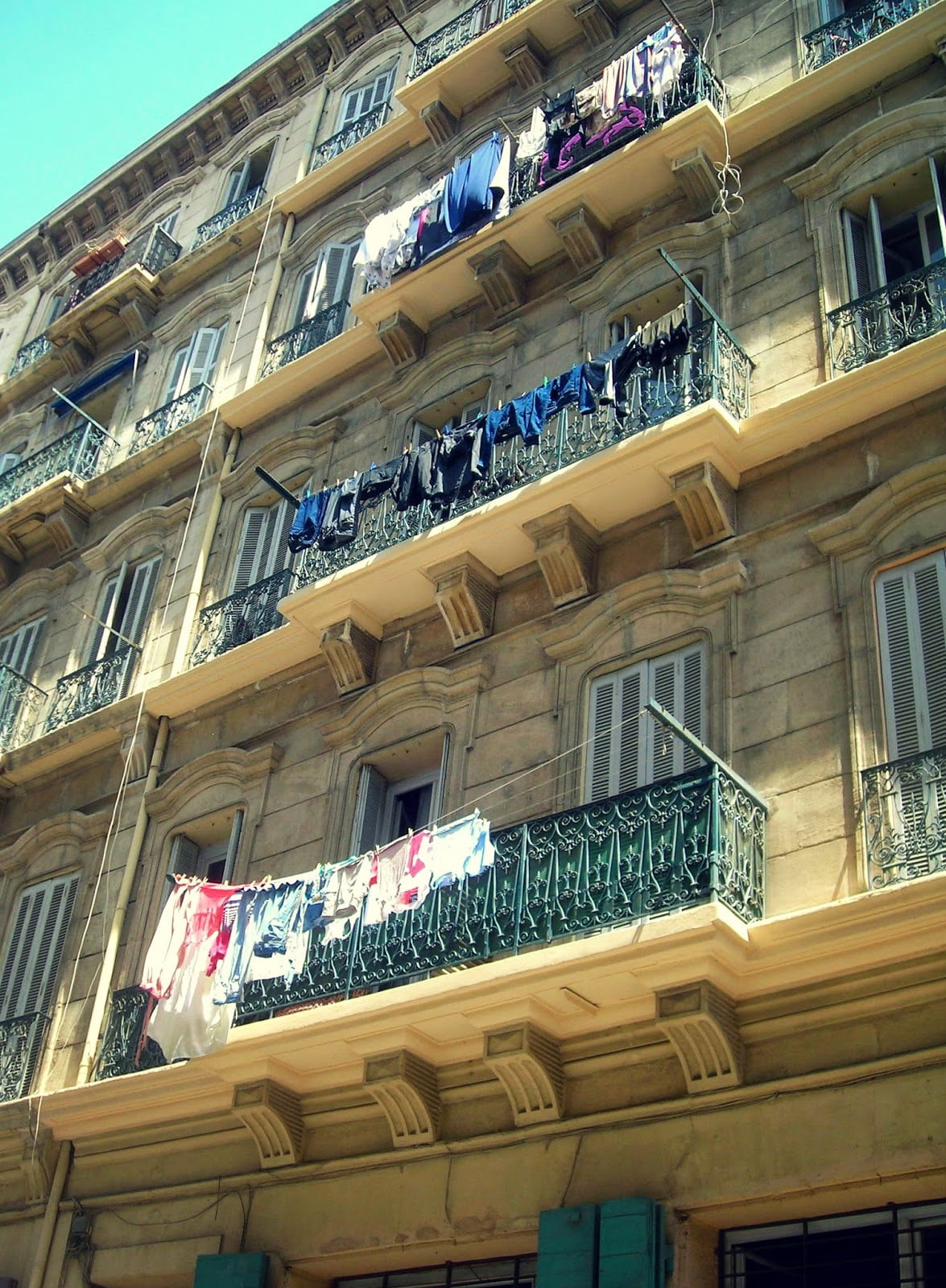
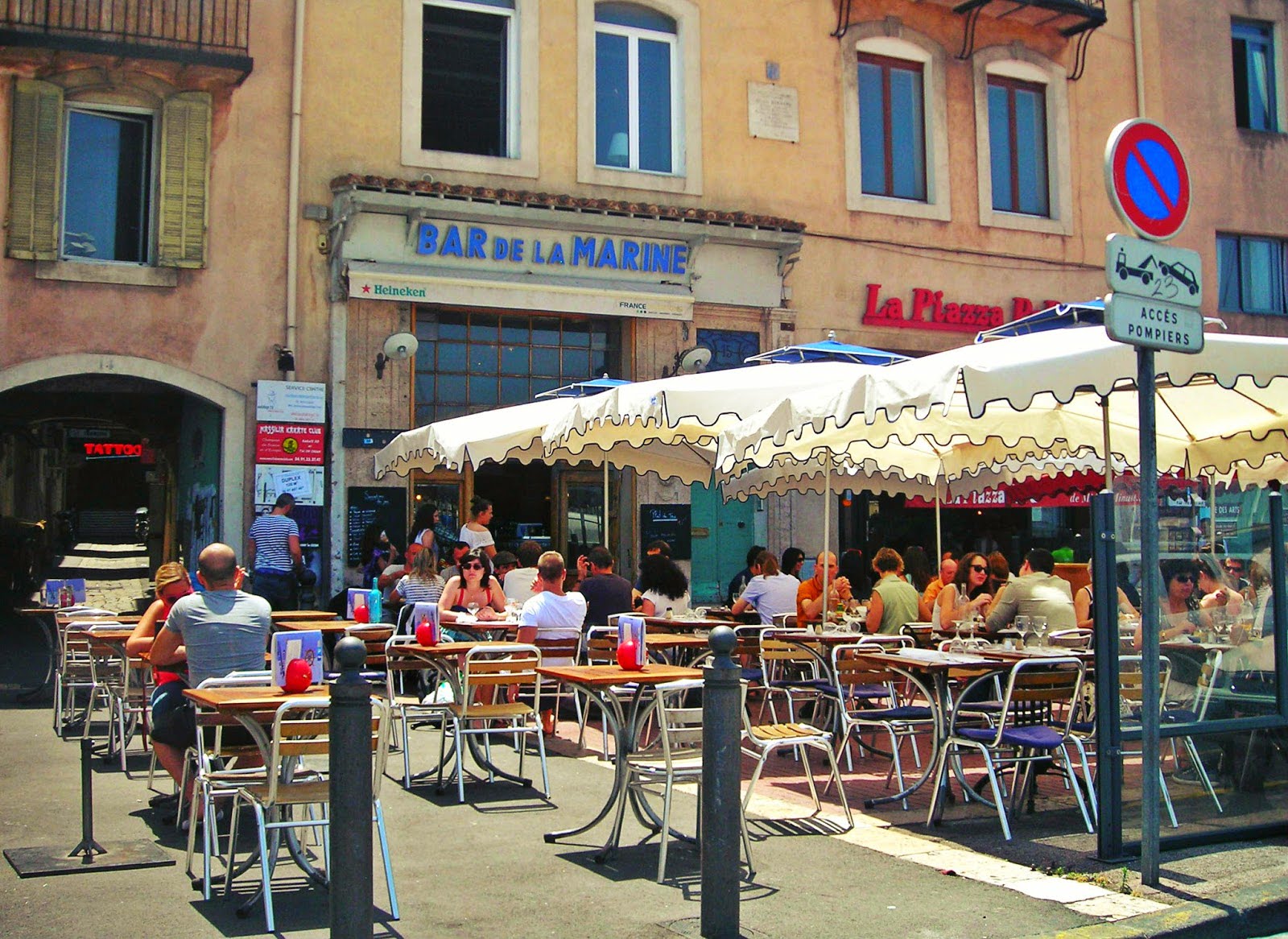
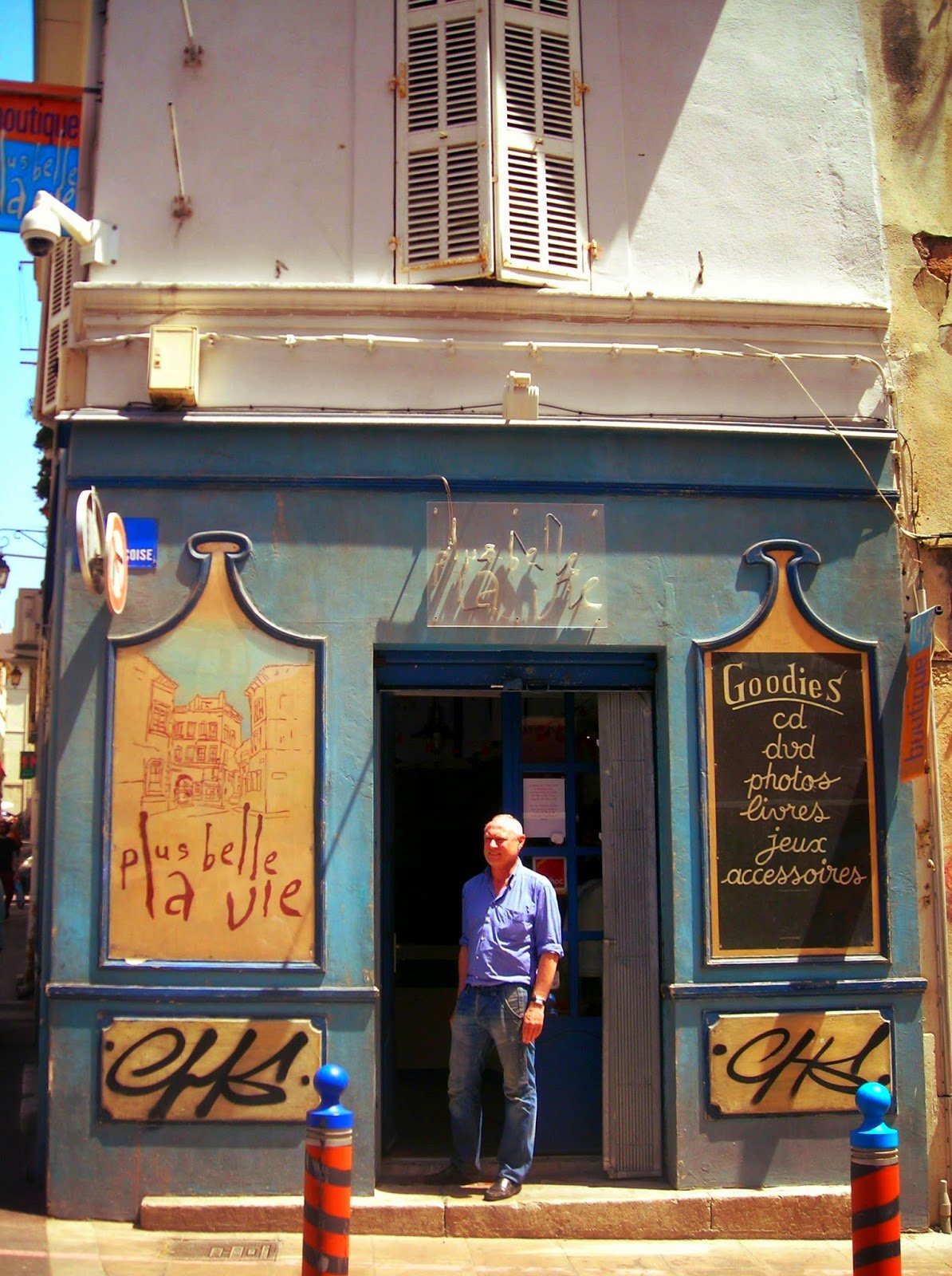
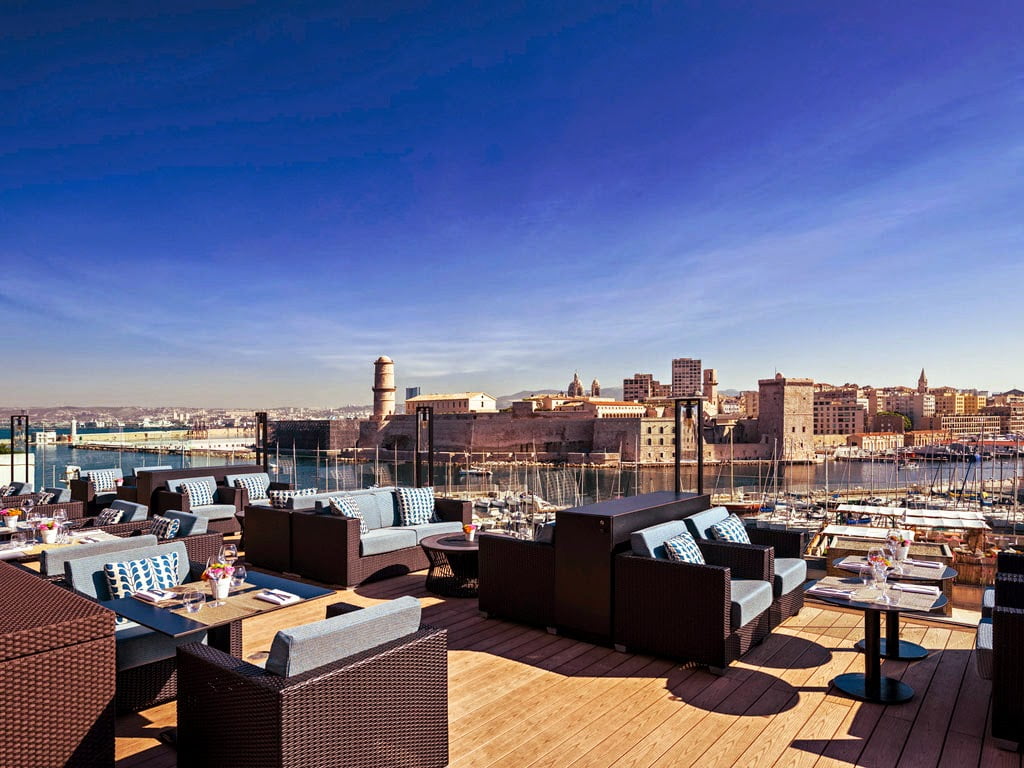
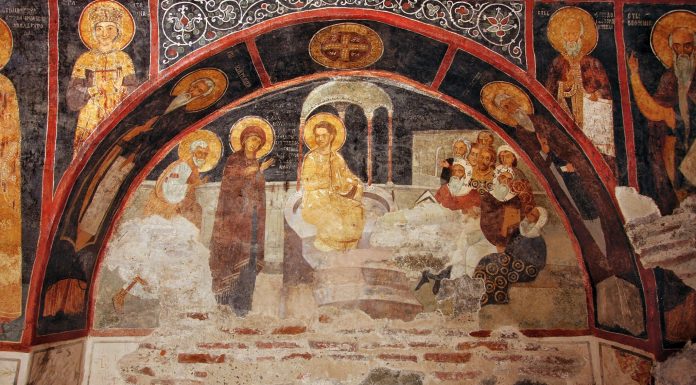





Reading this post before lunch has whetted my appetite for a gastronomic feast full of fresh fish and quality seafood 🙂
The photographs illustrate the spirit of the city that still lives on in its old town. There is a harmonious combination of past and present.
I must visit Marseille, if only for the soup and because “The Count of Montecristo” is one of my favorite literary works!
Bouillabaisse sounds like quite the interesting dish. I’m not a huge fan of fish, but I would try a bite of my husbands to be able to say I tried it at least. IT does sound like quite the savory dish with the saffron and variety of fish. I love learning about local delicacies and the history behind them so thank you for sharing!
I do love a good bouillabaisse but haven’t made it to Marseilles yet. I will take your advice about taking the city at a leisurely pace. I would enjoy the little train ride up the hill, especially. You’ve evoked my memories of travels in southern France and must plan another trip which will include Marseilles.
Lyn | http://www.ramblynjazz.com
I won’t be able to taste the soup as I have an allergy to fish and seafood, but I would certainly try another Michelin restaurant in Marseille, given that they are so plentiful there. The Cathedral’s outside reminded me of the Duomo in Florence, what do you reckon? Other than that the colours in Marseille really brighten everything up, I would love to visit it one day.
Carolin | Solo Travel Story
Oh la la! Visiting the home of Bouillabaisse (did I type it correctly?) looks like a dream. I love how a humble stew of fishy goodness has been elevated to a fine dining experience. And if the soup is the draw to Marseille, we could very happily spend time exploring its charms – both in the city and its surrounds. You’re right, the city is to be savoured as much as the soup.
There isn’t much more comforting food in this world than soup. And here it seems such an elevated affair, very different from my soup experiences in Asia. Although I have to admit the sipping not slurping does make me happy. A traditional bouillabaise would not work for this vegetarian but I have no doubt I’d find a delicious alternative to enjoy while exploring Marseille
I’ve never tried Bouillabaisse and I should not have read this post while I was hungry as it got me searching for the recipe!
Marseille has never been on my list of places to see but the view from the Sofitel in your photo of the harbour and city certainly makes me want to go there.
Travelling out of the city to the numerous places you mention would be something I’d be keen to do to get an overall impression of the region.
The view from the hilltop after taking “little train” must be superb!
Like always, you offer such a great feel for the location through your writing. As much as I like drinks, I also welcome the idea of a soup to introduce me to the local flavors!
I love your deep dive into Marseille. I’ll plan enjoying the soup and visiting the city in the same ‘nice and slow’ fashion you recommend. THXS for posting the blog.
Yes I do. Or a first one. Marseille seems a city full of much variety. Right up my street I think.